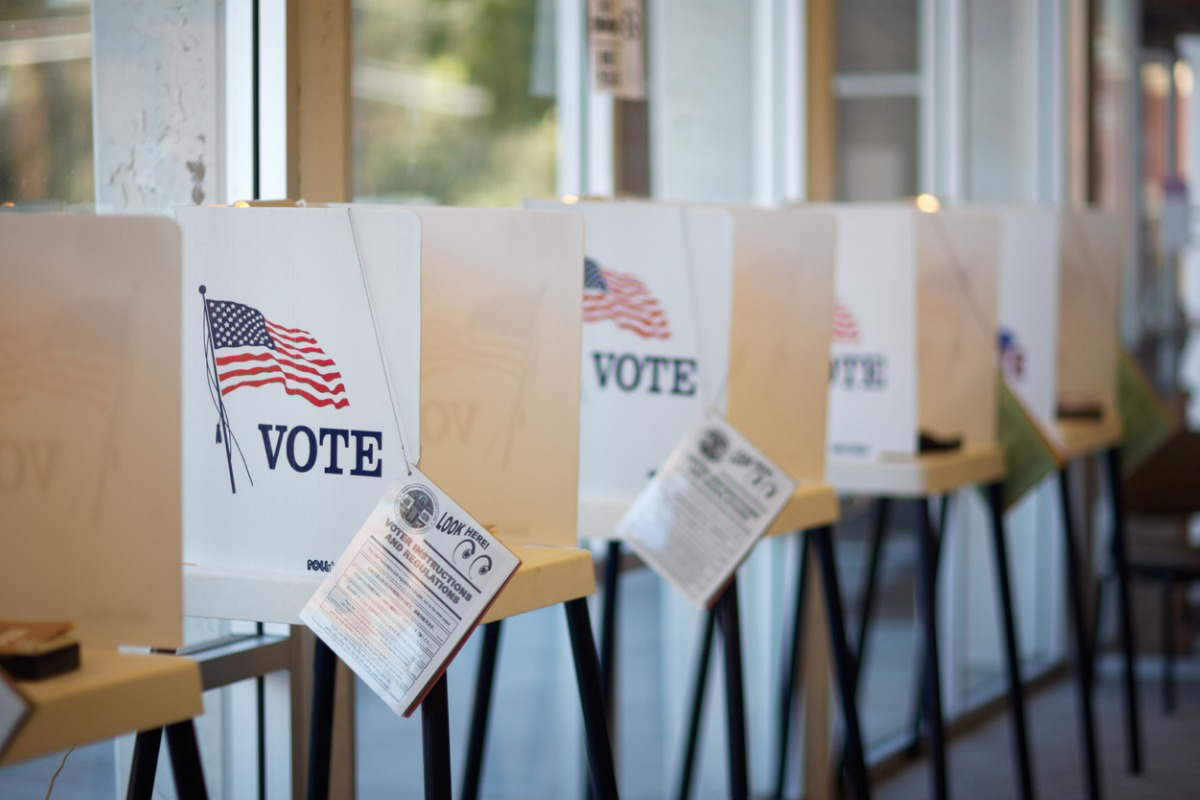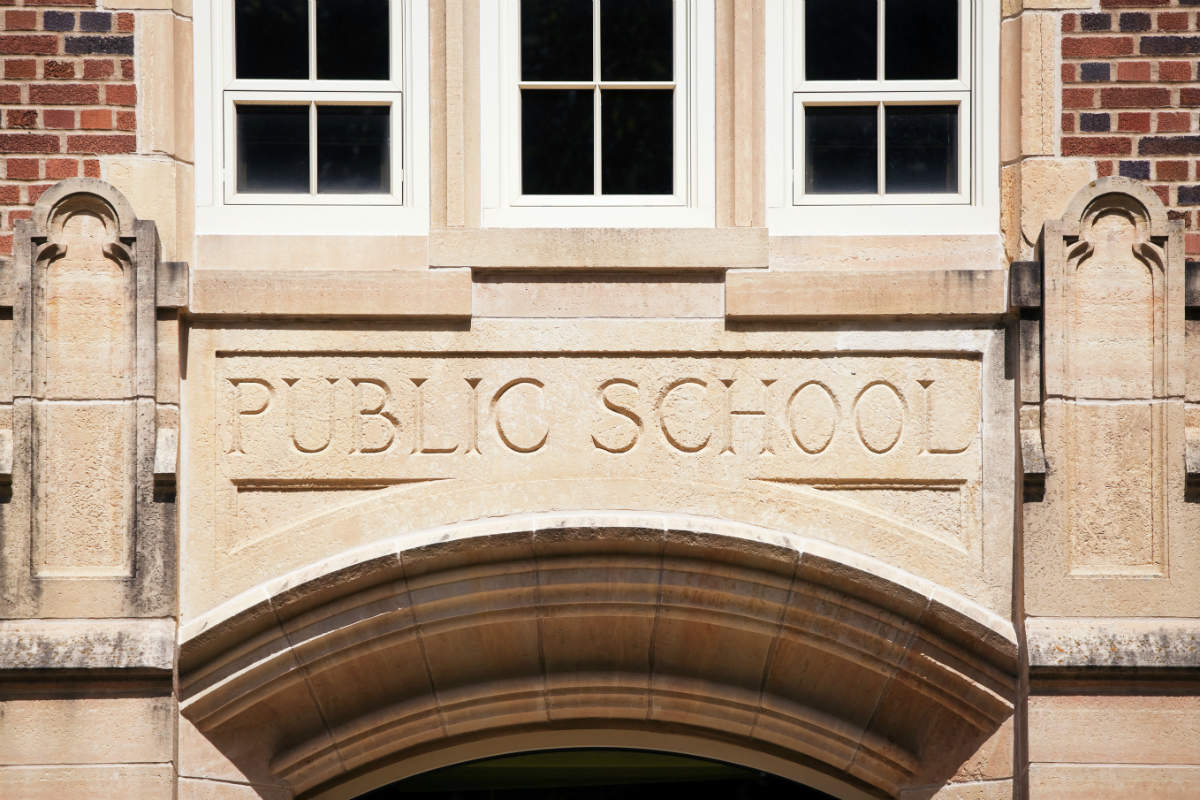The March 3 primary election results have thus far delivered disappointing results as California districts work to provide students with healthy, safe and modern schools and classrooms. The campaign for Proposition 13 — the largest school facilities bond measure in state history at $15 billion — conceded defeat on March 11 with only 46 percent support. Following suit, a majority of local school district bond measures and parcel taxes are also falling short at the ballot box.
CSBA endorsed Proposition 13 and actively campaigned for its passage alongside other statewide education organizations and advocacy groups, legislators and state officials, including Gov. Gavin Newsom. CSBA staff members and area school board members visited schools with Gov. Newsom in both Northern and Southern California in the final days leading up to the election.
Also known as the Public Preschool, K-12, and College Health and Safety Bond Act of 2020, the measure would have allowed the state to sell $9 billion worth of bonds to help fund local K-12 school facilities projects. It would have awarded priority to districts and schools with critical health and safety issues, including the removal of lead from drinking water. Smaller school districts and those with low property values would have also been awarded priority, thereby helping to level the playing field.
“Unfortunately, too many of California’s students attend schools that require additional modernization for health and safety reasons,” said CSBA CEO & Executive Director Vernon M. Billy. “We support providing students with a high-quality educational experience and don’t believe that our school facilities should be a barrier to student success.”
Though unrelated to 1978’s Proposition 13 or property taxes, the only statewide measure on the March ballot saw rampant misinformation of this nature being circulated in the weeks leading up to the election.
Explanations for the election results include confusion over the proposition number; misinformation and misstatements about the measure; and the inclusion of provisions regarding developer fees and debt limits that complicated the measure. Without these added factors seized upon by opponents, in general, public support for school investments remains strong. A February PACE/USC Rossier poll had shown a robust 64 percent of voters in support of the bond measure, and polling by CSBA and other organizations signal an appetite to improve the state’s schools.
Therefore, the results do not necessarily indicate “voter fatigue” as it pertains to school bonds and other ballot measures, which also struggled at the local level on March 3 partially due to their inclusion on the ballot in conjunction with Proposition 13.
A look at local measures and facilities needs
Though votes are still being tallied, particularly in urban areas, more than half of the 121 school bonds on the March 3 ballot appear to have failed. Further, half of the 28 parcel taxes placed on the ballot by school districts were on their way to meeting the same fate. The results come in stark contrast to those from the last several election cycles. In the last presidential election year, 2016, voters approved 93 percent of local school bond proposals. Similar successes were seen in 2018, when 84 percent of bonds garnered more than the 55 percent of ‘yes’ votes needed to pass.
Successful bond measures included 2016’s Proposition 51 (with 55 percent support), which authorized $9 billion in general obligation bonds for new construction and modernization of K-12 school facilities. The need for Proposition 13’s passage was deeply rooted in the fact that all of the $9 billion authorized through Proposition 51 has already been allocated. Currently, the Office of Public School Construction has a $1.3 billion backlog of facilities projects requiring urgent attention.
In addition to leaving students, teachers and staff in subpar learning and working conditions, the failure of current bonds will only drive up the cost of future facilities projects. As school projects linger, the cost of construction continues to escalate, reducing the local buying power to complete necessary school construction projects and fulfill the promises made to local communities.
It is estimated that, of the 310,000 classrooms in California, 75 percent are more than 25 years old, 30 percent are more than 50 years old and 10 percent are more than 70 years old. In addition, the state has over 75,000 portable classrooms that require regular maintenance.





